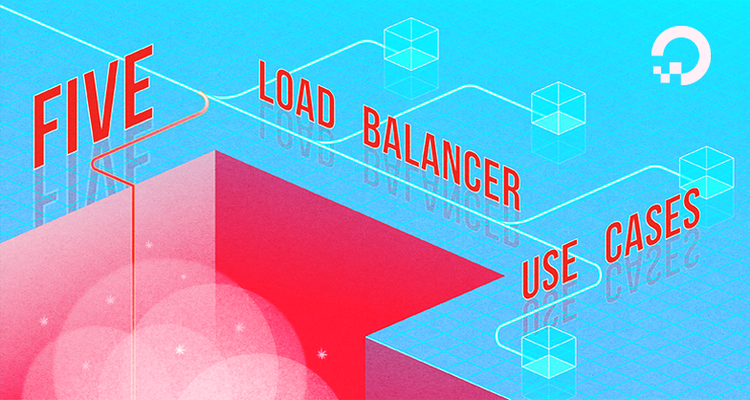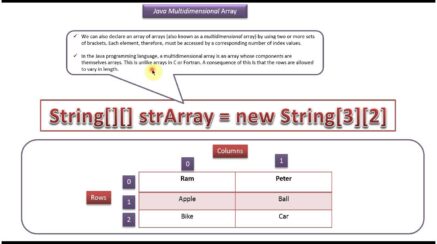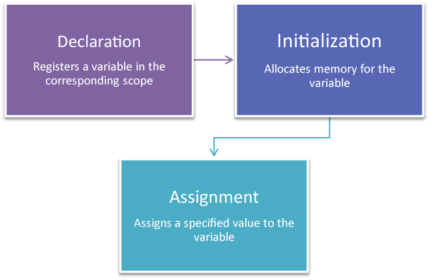
Introduction
In order to distribute the incoming traffic between multiple backend servers DigitalOcean Load Balancer is used. To increase overall capacity of the application servers and to divide HTTP requests among these group of servers, it is usually used, which is a very common way for scaling your application.
Other use cases are also offered by Load Balancers. They can take the calculability of your site to the highest level, also can help you in improving your testing processes and implementation. Through this entire blog you will get to know about five Load Balancer use cases.
1. Load Balancing for Scale
For a Load Balancer, sacling the traffic is a very basic use case. Time scaling is generally discussed in the terms of Vertical and Horizontal. Horizontal scaling is basically dividing your traffic among various servers so that the load can be shared and on the other hand Vertical scaling is mainly shifting your application to more efficient server in order to meet the growing performance demand. Load Balancers smoother the horizontal scaling.
In the case of DigitalOcean Load Balancers provides you to divide the pressure via two complete different algorithms: the first being the round robin and the second being the least connections. The most frequently used scheme which is used for loading balance and also helps to send request to each available backend server is with the help of round robin, however, on the other hand least connections helps to send request to the server with very less connections and if you have an application that keeps many connections opened for a long time, least connections can be prominently used for un-mounting any one server and from becoming pressurized.
2. High Availability
Improving performance and eliminating certain points of failure and the growing system reliability is what High availability means . It is also the decreasing downtime and it also describes efforts.
A Load Balancer can increase availability by performing repeated health checks on your backend servers and automatically removing failed servers from the pool.
In the Settings area of the Load Balancer control panel Health checks can be
The Load Balancer will obtain a web page every ten seconds in order to make sure that the server is responding rightly. However the server will be removed, until the problem is served if this fails three times a row.
3. Blue/Green Deployments
The process where you implement or instigate your own new software or production infrastructure then testing it thoroughly and then switching traffic over it only after assuring that whether everything is accessing or not as per your requirement. If the implementation fails you can easily sustain by shifting the Load Balancer back to the old version.
Through the use of Droplet tagging feature DigitalOcean Load Balancers make blue/green deployments easy to use. Based on their tag, traffics are send by the Load Balancers, so that you can have one set of Droplets tagged green and the other blue. You can switch the tag in the Load Balancer when you are willing to cut over, through the Load Balancer Control Panel switch or through the API:
As soon as you save the changes traffic will quickly switch to the new set of droplets.
4. Canary Deployments
The way of testing a new version of your application on a subset of users before updating your entire pool of application servers is known Canary deployments. With you could do this by, for instance, By adding just one canary server to your Load Balancer’s pool you can do this by DigitalOcean Load Balancers. If you do not witness any growth in errors or other undesirable results through your logging and monitoring infrastructure, then you can go forwards for implementing updates to the rest of the pool.
You can use sticky for this use case, so that your users are not stucked between various versions of your application when you are creating new connections with the help of the Load Balancer:
Sticky sessions will use a cookie to ensure that future connections from a particular browser will continue to be routed to the same server. You can access this feature in the Advanced settings area of the Load Balancer’s control panel.
5. A/B Deployment
Canary deployments and A/B deployments are very however the purpose are entirely the purpose is different. A/B deployment helps in testing a new feature on a portion of the users for gathering information for your marketing and development efforts. You will have to do this with the help of your previously existing monitoring and logging infrastructure to get back worth results.
You will have to add one or more B servers to your existing pool of A servers on the server side. in order to launch multiple B servers to gather enough data, you can definitely organize this with tags as you did it for blue/green deployments.
Conclusion
Load Balancers are frequently considered when scale is needed. Whether it’s for high availability or leveraging various deployment techniques, Load Balancers are a pliable and concrete tool for your production infrastructure.
Also Read,
Search
I Want to Learn...
Category
Explore OurAll CoursesTransform Your Dreams
into Reality
Subscribe to Our Newsletter
"*" indicates required fields
 New Year Special Discount Offer - Upto 20% Off on all Course Fees - 1 Seat Available
New Year Special Discount Offer - Upto 20% Off on all Course Fees - 1 Seat Available 





